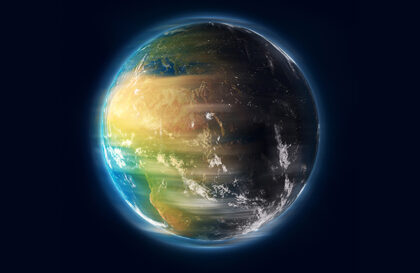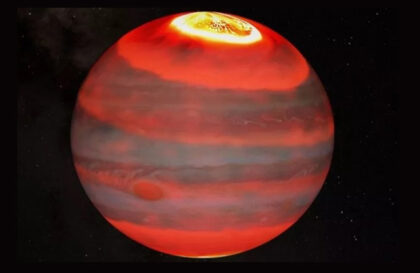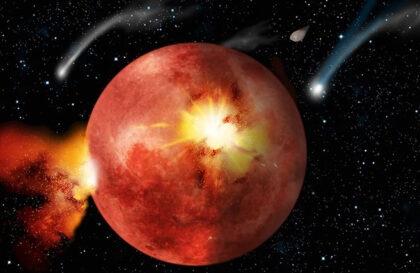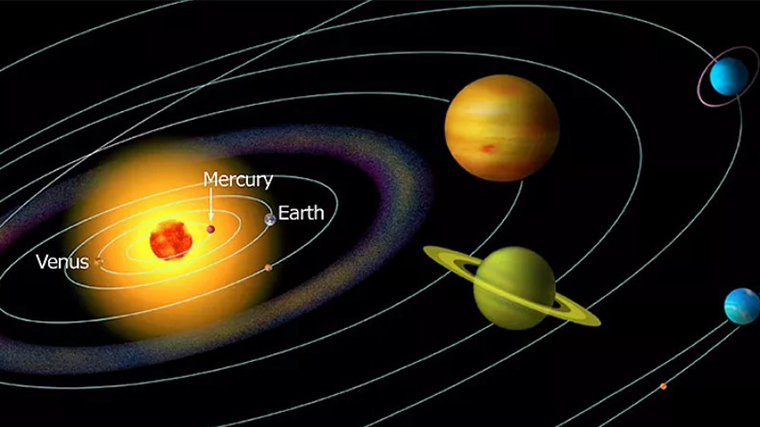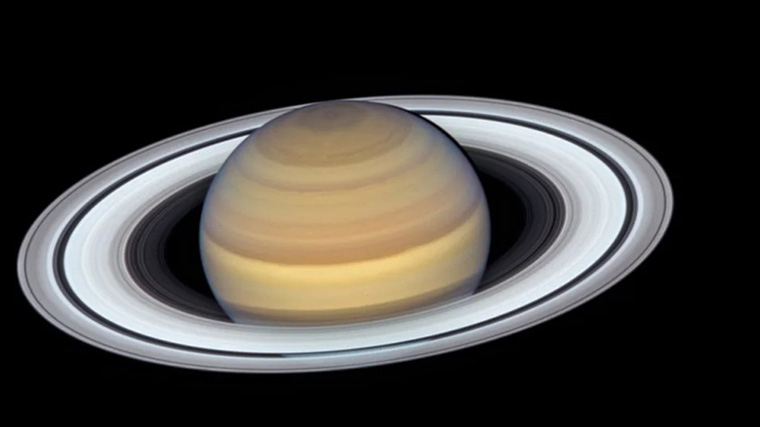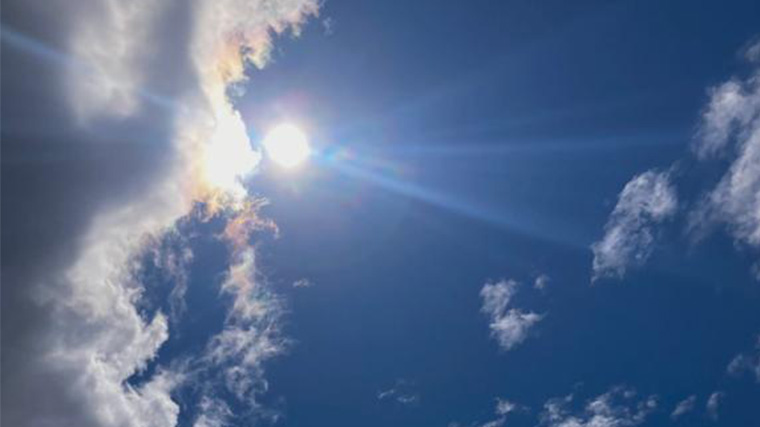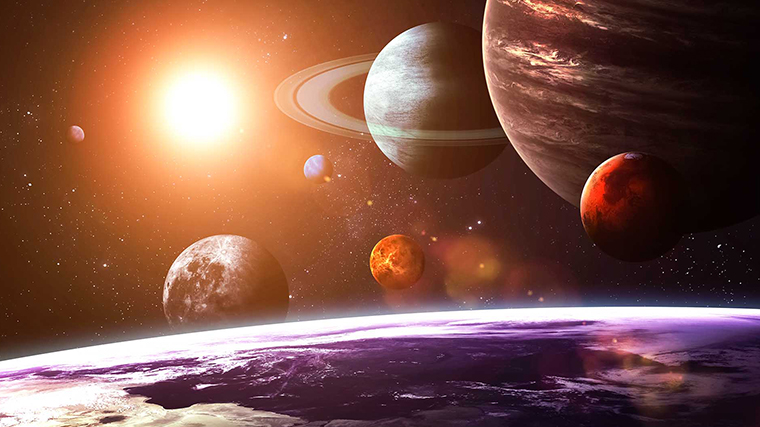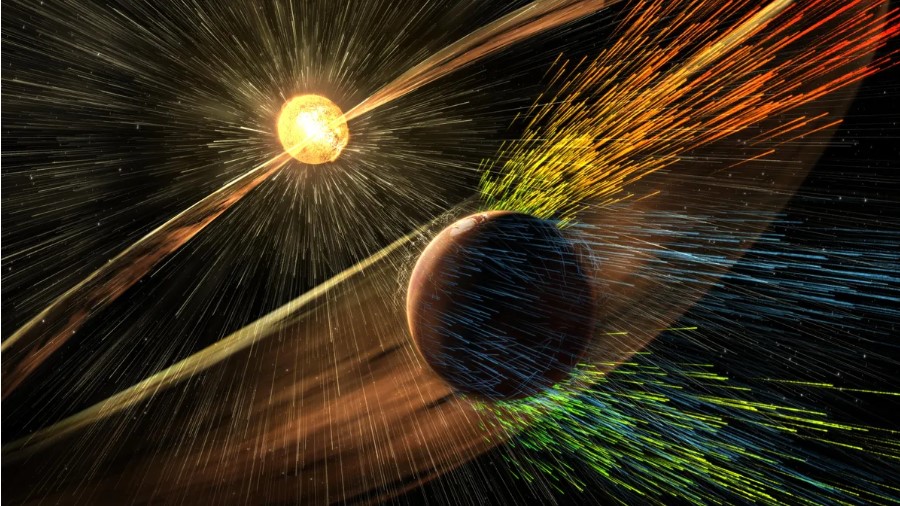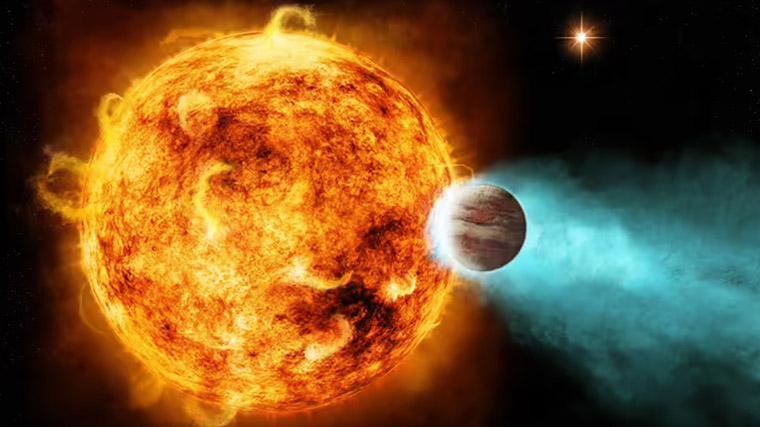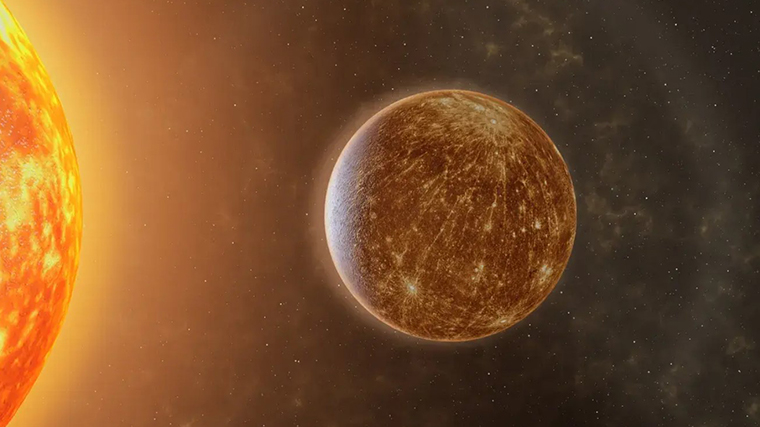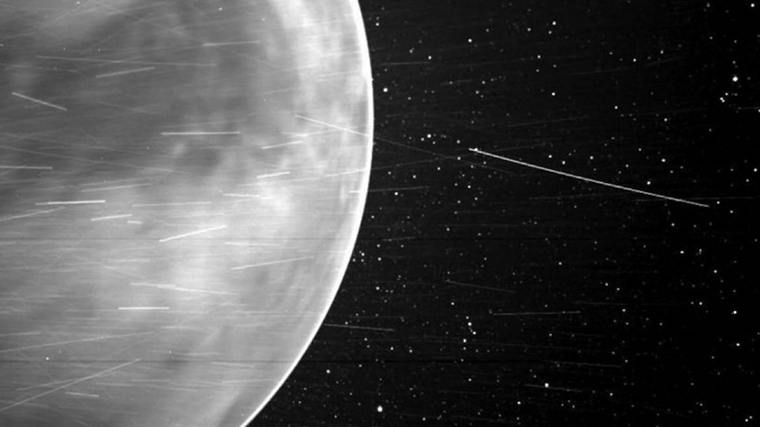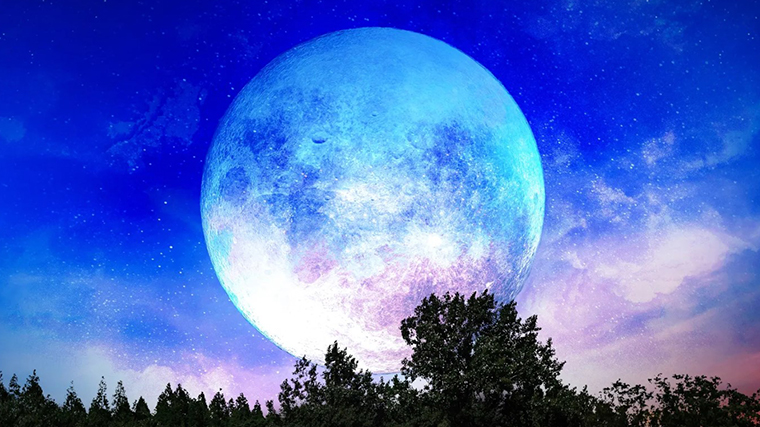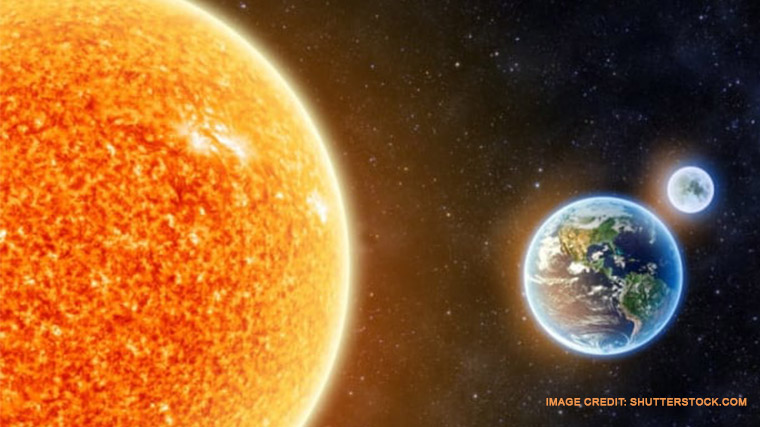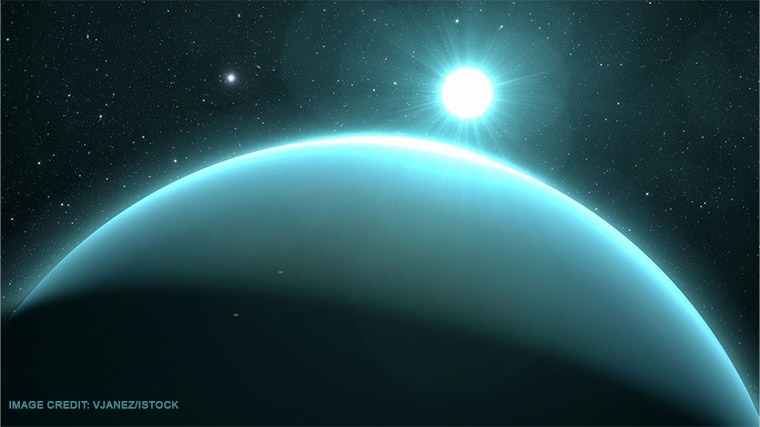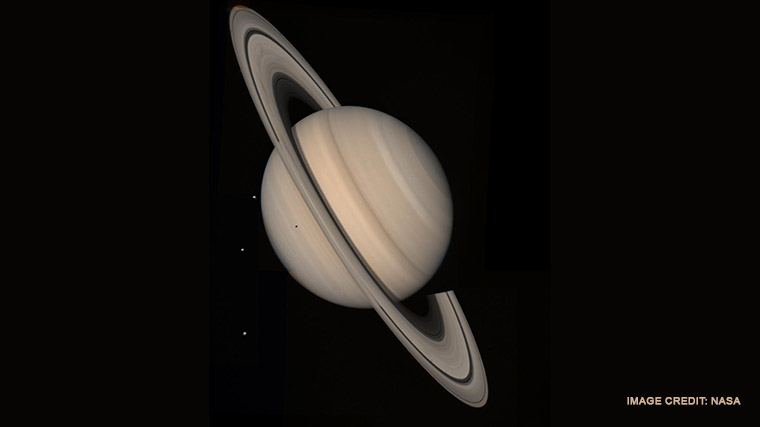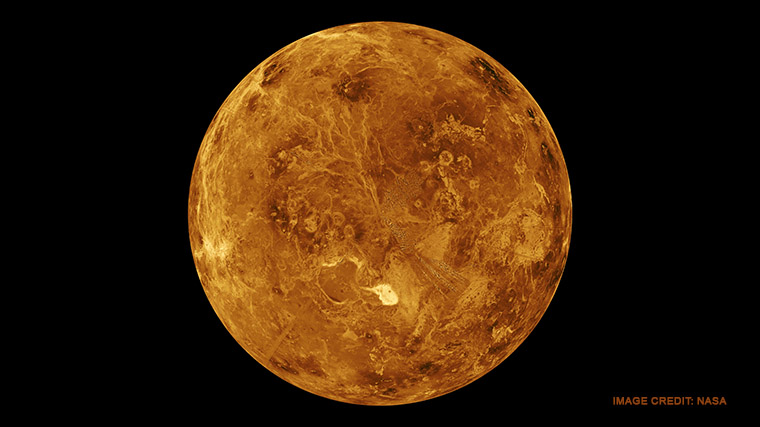How does the earth rotate? The earth rotates the way it rotates. One revolution in 86,400…
Planets
Neptune has 14 known moons. Satellites are divided into two main groups: regular and irregular satellites.…
With an average temperature of minus 234 degrees Fahrenheit (minus 145 degrees Celsius), Jupiter is cold…
Bombardment from space Most space objects penetrating the Earth’s atmosphere are quite modest in size. According…
Objects in space have been repeatedly reclassified. Pluto has been removed from the list of planets.…
Rings of Saturn. What is this? The radius of the rings of Saturn is 480 thousand…
The color of the sky is due to the scattering of light in the Earth’s atmosphere.…
I have always been interested in what is inside the Earth, later other planets became interesting.…
In the distant past, Mars had an atmosphere that was warm, humid, and rich in carbon…
Why didn’t Jupiter become a star? Jupiter has no solid ground and is made up of…
Contrasts of Mercury Let’s start our exciting tour with Mercury, the closest planet to the Sun.…
The most recent data available was from NASA’s Magellan mission in the early 1990s, which used…
Seismic events occur on the Moon, called lunar earthquakes or lunar seismic waves. These events are…
Our planet will reach aphelion (the farthest point from the Sun) on July 6. At that…
Uranus: Uranus is the coldest planet in our solar system. Despite its closer proximity to the…
Veteran astrophotographer Andrew McCarthy of Arizona unveiled this spectacular photo of Jupiter on September 17, 2022.…
If the Sun is the size of a watermelon, Mars would be about the size of…
What has been discovered? Studies of the surface of Mars have shown numerous indications that water,…
Have you ever wondered why Mars is often referred to as the “Red Planet”? The answer…
Mercury’s orbit is a swift and eccentric journey, completing a full revolution around the Sun in…
The Moon formed one hundred million years after the creation of the solar system. It did…
Neptune, the eighth planet in our solar system, was accidentally discovered on September 23, 1846. Calculated…
Saturn, the least dense among all solar system planets, boasts a density even lower than water.…
Venus is the brightest natural object after the Moon and the Sun. Venus shines 25 times…
